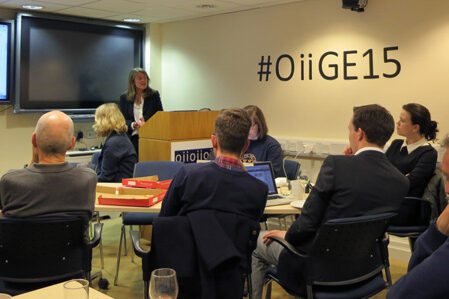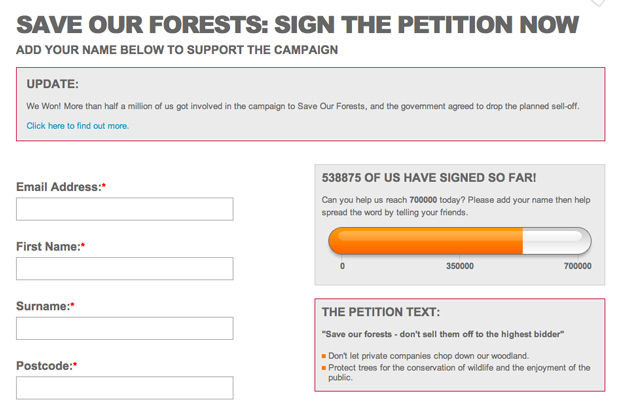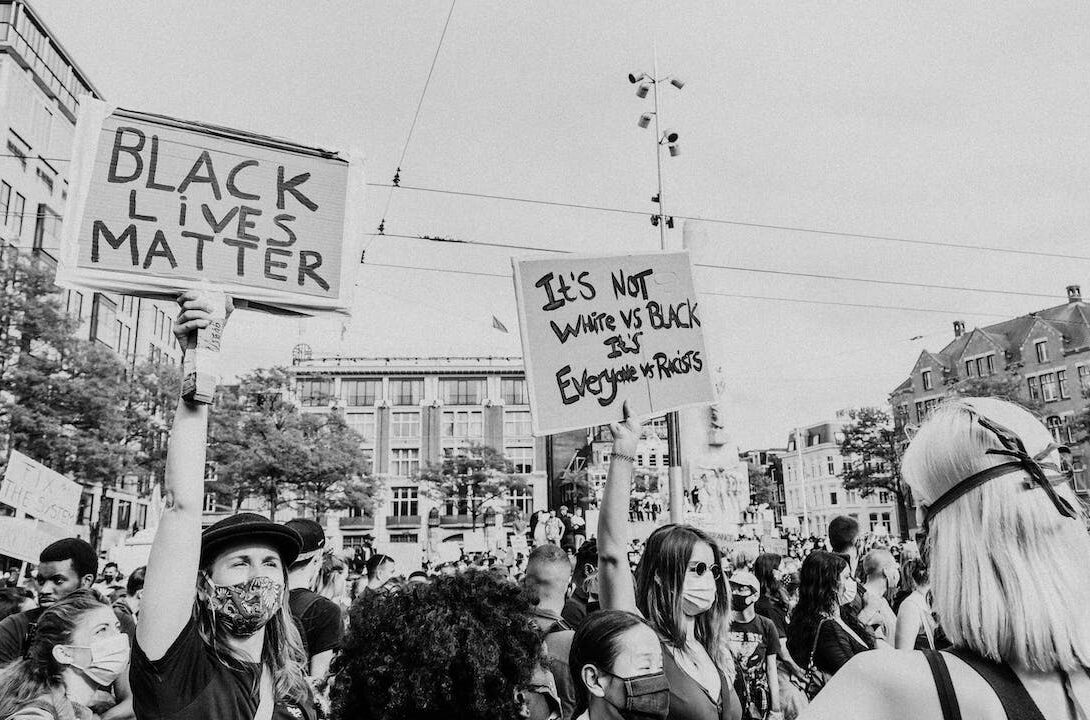Tag: campaigning
News
- Articles from Policy & Internet
- Books
- Call for Papers
- Child Safety
- Collective Action
- Conferences
- Democracy
- Development
- Economics
- Education
- Environment
- Ethics
- Governance & Security
- Health
- Interviews
- Mapping
- Methods
- Policy
- Politics & Government
- Publications
- Social Data Science
- Submissions Closed
- Tools
- Video
- Wellbeing
-

Do Finland’s digitally crowdsourced laws show a way to resolve democracy’s “legitimacy crisis”?
Discussing the digitally crowdsourced law for same-sex marriage that was passed in Finland and analysing…
-

Political polarisation on social media: do birds of a feather flock together on Twitter?
Twitter’s connections tend to be less about strong social relationships and more about connecting with…
-

Presenting the moral imperative: effective storytelling strategies by online campaigning organisations
Existing civil society focused organisations are also being challenged to fundamentally change their approach, to…
-

New issue of Policy and Internet (2,3)
We are pleased to present five articles focusing on substantive public policy issues arising from…
-

Internet, Politics, Policy 2010: Campaigning in the 2010 UK General Election
—
in ConferencesDrawing attention to the fact that the 2010 UK General Election was dominated not by…




